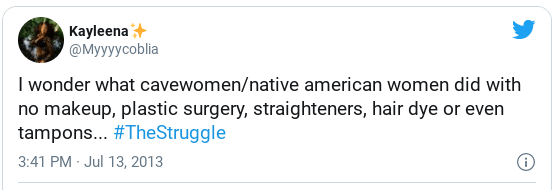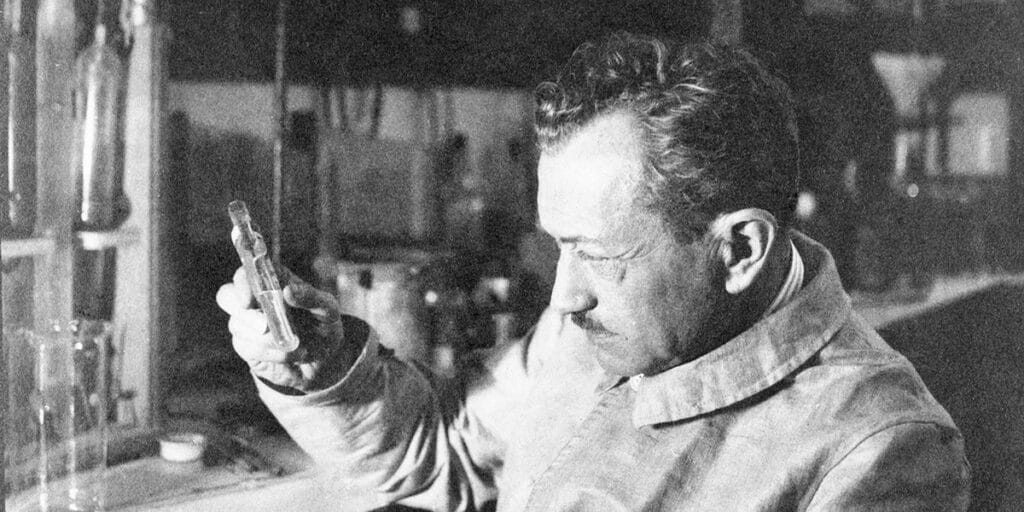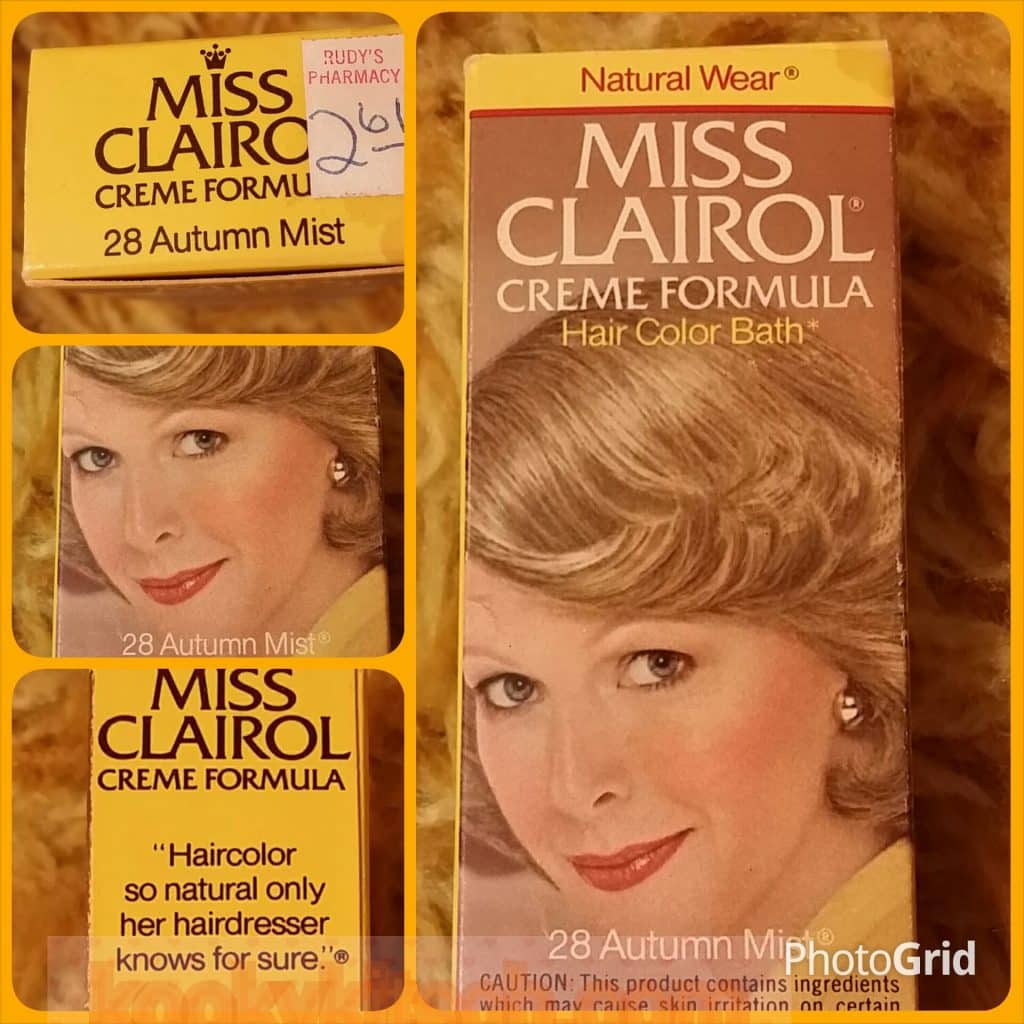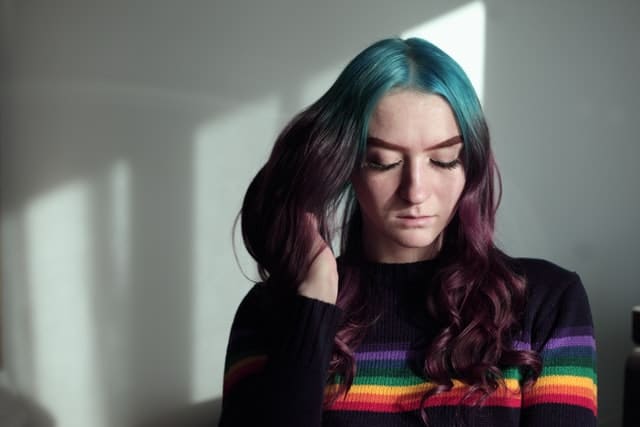Hair dye has been around forever hasn’t it? It’s hard to imagine that cave women didn’t at least use mud at least to cover their roots. But how far back does hair dye really go? We’re wondering, when was hair dye invented?

Table of Contents
Hair dye was invented in 1907.
Hair dye as we know it today was invented in 1907 by the founder of hair experts L’Oreal, Eugene Schueller.

Eugene Schueller was a French pharmacist who developed hair dye based on synthetic paraphenylanadiamine, which he called Oréale.
His patented formula for creating shades on human dark blonde through to black hair used dyes that changed pigments at much faster speeds than traditional dying processes could do before it.
At this time though, rather than being used primarily for cosmetic reasons like today; hair colouring had more practical purposes especially within salons where hairdressers would use them to create desired effects when highlighting their client’s natural colour.
When hair dye was created, it allowed people to change the colour of their hair with ease. It also introduced a way for people to express themselves without having societal norms affect them and how they look to the outside world.
Eugene formulated and manufactured his own hair products, and successfully sold them to hair salons all over Paris.
In 1909, he registered his company, the Société Française de Teintures Inoffensives pour Cheveux. Later, this was changed to the globally recognised brand name, L’Oreal.
The hair dye revolution.
Fast forward a few decades later, and in 1950, New York chemist Lawrence Geld developed hair colour that penetrated the hair shaft. This was the beginnings of hair brand Clairol, still a major hair and cosmetic brand today.

In 1950 he revolutionised the hair colour industry by introducing the first hair dye that could colour hair in one single step – Miss Clairol Color Bath.
Miss Clairol Color Bath could lighten and tint hair in one step with out the need to use hair frazzling bleach.
Unfortunately, during the roaring 1920’s, dyeing your hair became something of a no no in society. People started to view hair colouring as ‘fake’ and something only ‘loose women’ would do. Ridiculous!
By the time Miss Clairol’s Color Bath came along some thirty years later, the stigma was at last beginning to lift.
Does she or doesn’t she?
It took advertising copywriter Shirley Polykoff to introduce Clairol’s famous campaign, “Does she, or Doesn’t she? Only her hair dresser knows for sure!” to turn things around for grey roots everywhere.
Clairol promised natural, salon worthy results in the privacy of your own home. This genius repositioning gave the hair dye industry a new lease of life, causing sales to go from $25 million to $200 million when the ad was released in 1962.
Over the next 20 years, the number of people colouring their hair rose from 7% to 40%.
Today, the hair dye industry is huge and dyeing your hair at home has become a common process – whether it’s to cover grey, change up your style, or restore your hair back to its original colour.
From semi-permanent, permanent, temporary washes and even demi-permanent, there are a variety of hair dye types to suit every wish and whim.
And hair dye is here to stay. Research shows that about 75% of women in the US dye their hair and the industry is projected to reach USD 35670 million by 2026.
Of course, the popularity of home hair dyes has boomed with the COVID-19 pandemic closing hair salons all over the world.
So thank you Eugene Schueller from the bottom of each and every one of our grey roots and long live the ability to dye our own hair at home.
Watch and learn: The history of hair dye.
So it turns out that hair dye has been around for centuries!
And yes, cavewomen likely did use mud at least once in a while to cover up roots or hide grey hairs. We can’t even imagine how they managed without it!
Find out more answers to common hair dye questions over on our hair dye FAQs page.
